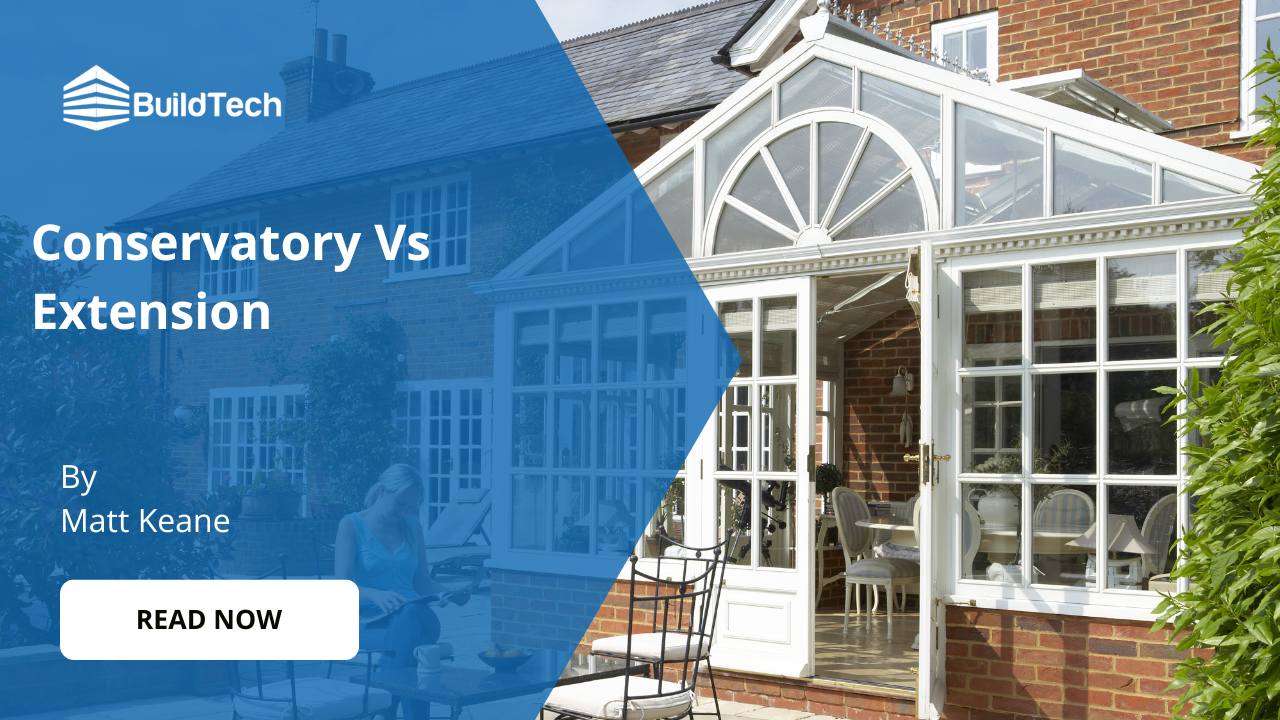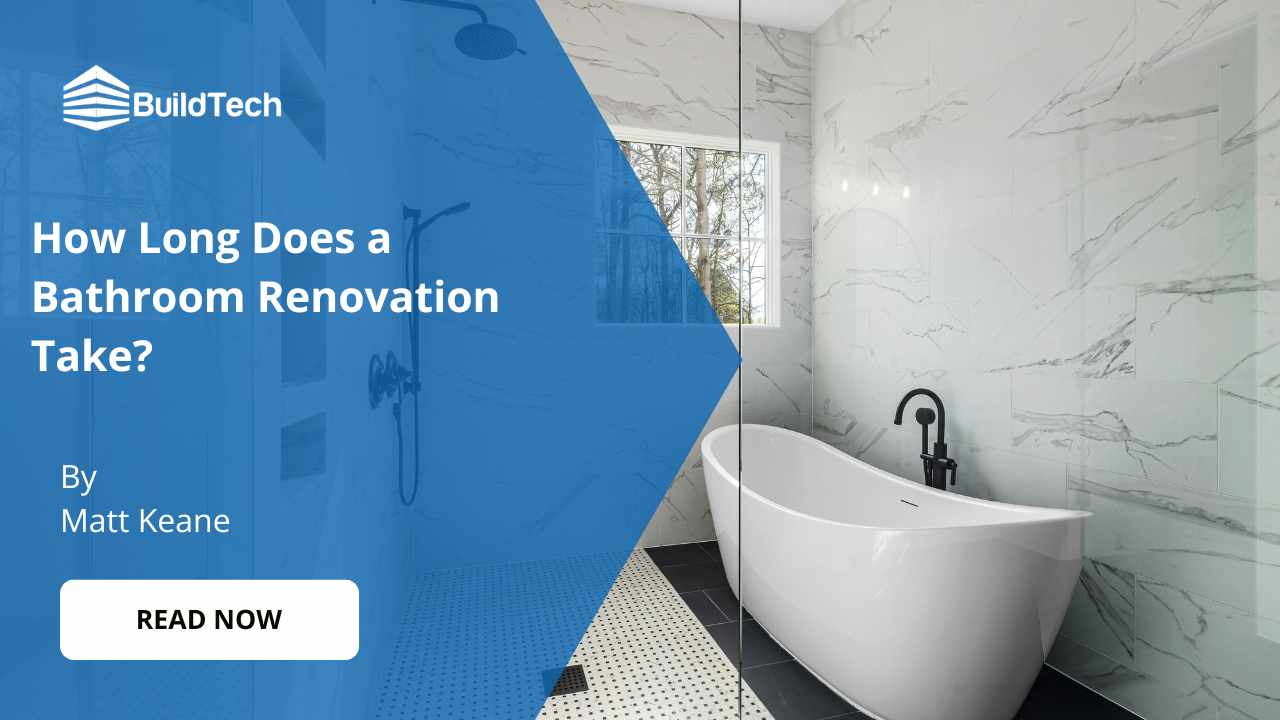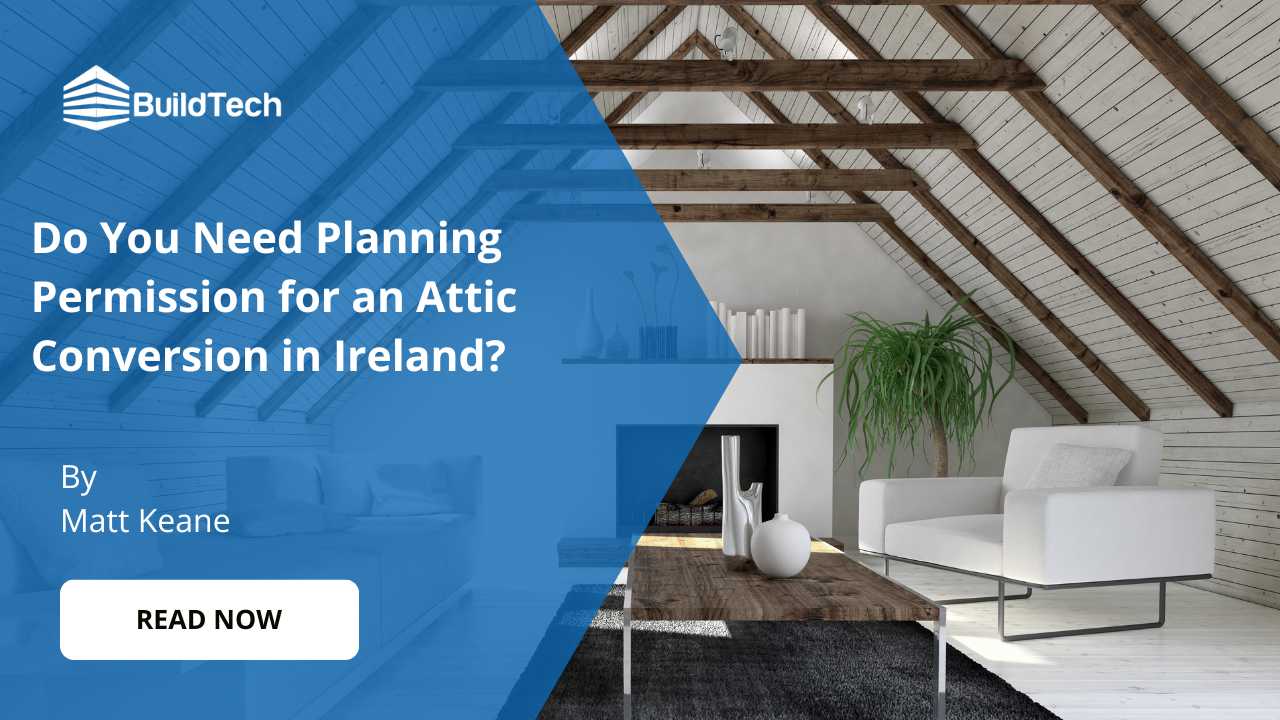Thinking about adding more space to your home? You might be choosing between a conservatory and an extension. Both can give you that much-needed extra room, but they are built differently and used in different ways. A conservatory is known for its bright, glass-filled design, while an extension feels more like a natural part of your house.
The right option for you depends on what you need the space for, how often you’ll use it, and how much you’re happy to spend. In this blog, we’ll look at the key differences between the two, what each one is good for, and how to decide which suits your home best.
Conservatory vs Extension What Makes Them Different?
The main difference between a conservatory and an extension is how each one is built and how it fits into your home.
A conservatory is mostly made of glass, including the roof and walls. It is often used as a quiet place to relax, enjoy the garden, or as a bright space for dining. It brings in plenty of sunlight and is usually quicker to build.
An extension, such as a kitchen upgrade, attic room, bungalow conversion, or granny flat, is built with solid walls, proper insulation, and a roof that matches the rest of the house. It becomes a real part of your home and is designed for everyday use. Extensions are ideal for bedrooms, kitchens, or extra living space.
Both options give you more room, but how you plan to use the space will help decide which one suits you best.
Why Should You Consider an Extension for Extra Living Space?
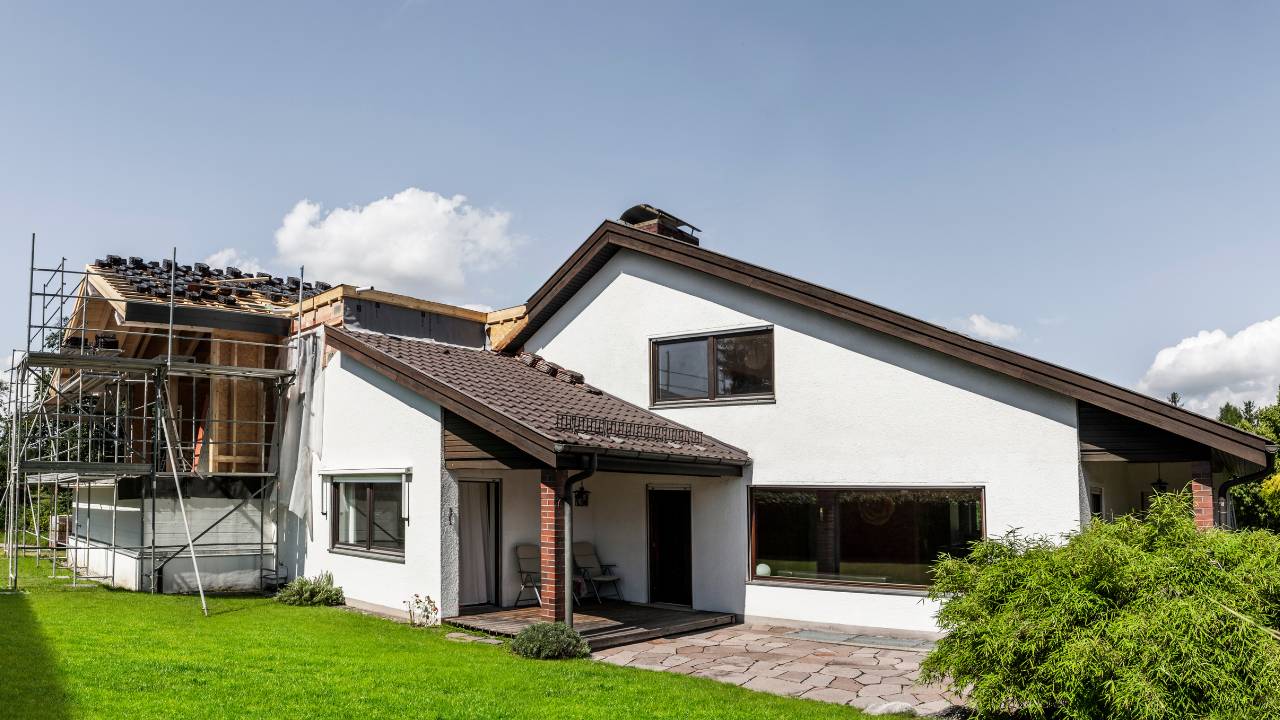
Extensions offer long-term living space that works just like the rest of your house. They are perfect for adding a larger kitchen, turning an attic into a bedroom, or creating a self-contained living space for a family member.
Because they are built to the same standard as your home, they are comfortable all year and offer full privacy. They are suitable for daily use and often increase the value of your property more than a conservatory.
Extensions take longer to build and usually cost more. Depending on the size and type, you may need planning approval. The work can also take time and may cause some disruption while it is being carried out.
When Is a Conservatory the Better Choice?
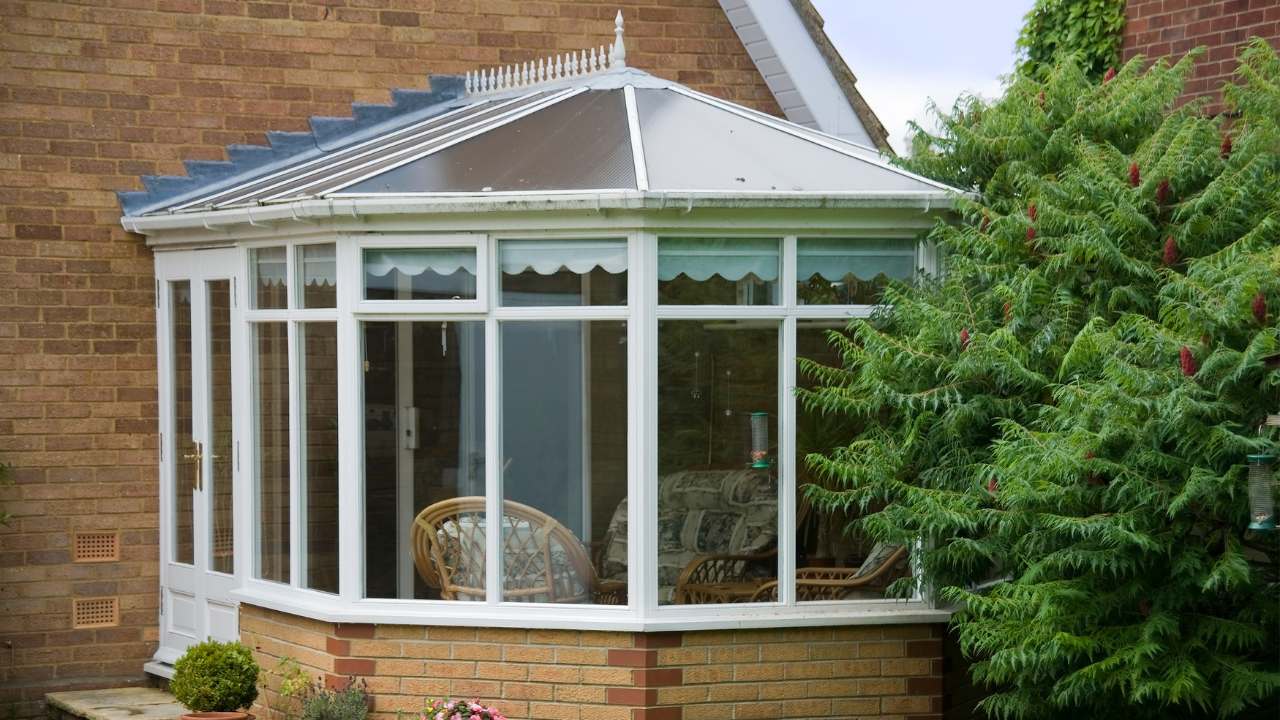
Conservatories are a quicker way to add extra space and bring in more light. They are often more affordable than extensions and can be built without permission, depending on their size and location.
You can choose the shape and design to suit your home, which makes it easier to find a style that works. Conservatories are often used as lounge areas or garden rooms and are ideal if you want a light-filled space without a full construction project.
They are not always suitable for everyday use, especially in very warm or cold weather. Older conservatories in particular may feel uncomfortable in extreme temperatures. They also offer less privacy and are not suited for uses like bedrooms, bathrooms, or kitchens. They tend to add less value to a home than a solid-built extension.
When Does a Conservatory Count as an Extension?
A conservatory is usually allowed under permitted development rules. This means you can often build one without needing planning permission if you stay within the limits, such as not taking up more than half your garden space.
However, a conservatory might be treated as an extension if it goes beyond the allowed size, includes a solid roof, or becomes part of an open-plan area by removing walls or doors that separate it from the house. If it does not meet certain building standards, such as insulation or strength, permission may be needed and it may be handled the same as a standard extension.
Which Option Is More Budget Friendly?
Conservatories are usually less expensive than extensions. They use lighter materials and are simpler to build. This makes them a more affordable way to add extra space.
Extensions cost more because they involve extra work such as digging foundations, changing existing walls, and building with solid materials. They also take more time and may require more skilled labour. While the cost is higher, the space is more suitable for daily use and may add more value over time.
Can a Conservatory Be Built to Look Like an Extension?
Although conservatories are built differently, there are ways to help them blend in with your home.
Using matching brickwork, adding part-height walls, and installing large doors can help create a more connected look. You can also use roof glass that helps control temperature, making the space feel comfortable in every season.
With the right design, a conservatory can look and feel more like a true extension of your home, even if the structure itself is lighter and built under different rules.
Conclusion!
Choosing between a conservatory and an extension comes down to how you plan to use the space, your budget, and the look you want for your home. Conservatories are bright and quicker to build, while extensions offer more privacy and year-round use. Both options have their own benefits depending on your needs.
At BuildTech, we offer conservatory services along with a range of extensions including attic conversions, kitchen extensions, bungalow upgrades, and granny flats.
Get in touch today to explore conservatory vs. extension options and discover what works best for your space and budget.


